


Our team sorts through all blog submissions to place them in the categories they fit the most - meaning it's never been simpler to gain advice and new knowledge for topics most important for you. This is why we have created this straight-forward guide to help you navigate our system.
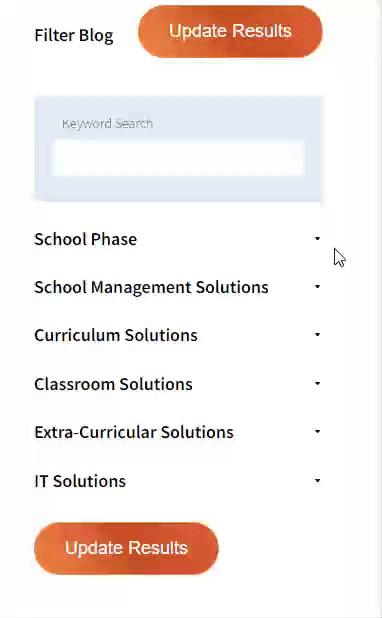

And there you have it! Now your collection of blogs are catered to your chosen topics and are ready for you to explore. Plus, if you frequently return to the same categories you can bookmark your current URL and we will save your choices on return. Happy Reading!

When talking about different methods of motivating people, you can broadly break your options down into two categories: the carrot and the stick. After all, since you need your students to get their work done, these are the two approaches you can take. You either push them to do the work with the threat of consequences, or you can try to present the subject in an engaging way. In years gone by, the stick was generally the default approach. However, the more the science of education developed, the more it became clear that getting students engaged in their subjects and positive reinforcement were the much more effective approaches. Of course, the ease of getting a student engaged in a subject depends on the subject itself (as well as the student, of course).
But, putting the personal preferences of students aside, history is one of the easier sells as far as student engagement goes. With maths, you need to find interesting ways to present different problems for them to solve. Otherwise, many students will quickly find their attention wandering. But the handy thing about history is right in the name; it’s a story. And the best way to tell a story is to focus on the characters and their situations. Quite often, students’ negative impressions of history lessons come from having to learn long lists of dates. Learning by rote is not a great approach for building up interest in a topic; quite the opposite, in fact. So, instead of repeating dates until they can’t help but remember, present them in a way that will make remembering easy.
Because the thing about history is, that there’s a lot of it. Even with the curriculum deciding which topics are to be covered, there is always interesting information to present, and it only makes things difficult if you just present it as dry information. Historical events and eras (even relatively recent ones) are, effectively, a glimpse into a different world from the one your students have experienced.
Of course, like all good stories, studying history is supposed to make you think. As students advance through their education, history stops being solely about what happened and when, and becomes more about why something happened. Someone who has been well taught about history isn’t just someone who has memorized a lot of historical data. They’re someone who can critically analyse events, as well as identify reliable and unreliable information. Looking at things from this angle suggests another way to engage young children in history and raise their interest. Giving them challenges that frame the student as a detective. Or, if you’re looking for lighter activities to give your students a break, why not do some history-based arts and crafts activities?
Ultimately, once you do manage to get your students interested in history, it’s very easy to keep things that way. And, as mentioned above, a good education in history gives students a good grounding in separating fact from fiction, which is an essential skill in modern life.

The author

Read more
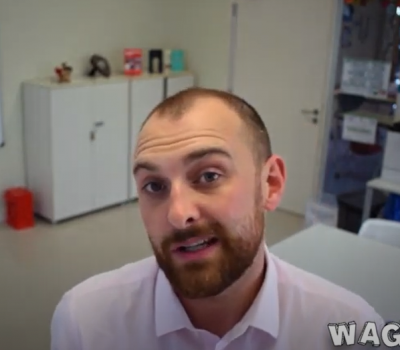
Read more

Read more
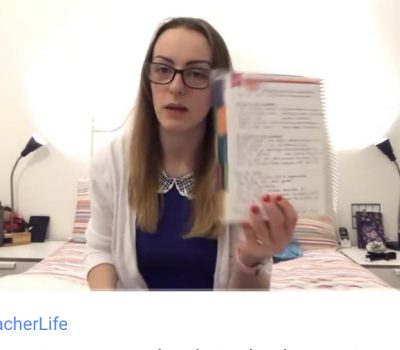
Read more
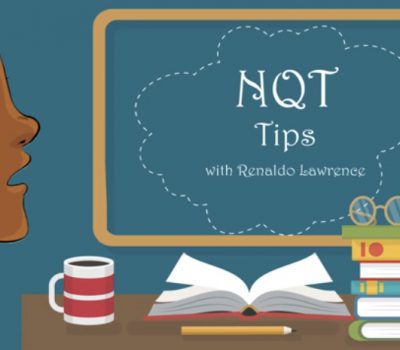
Read more
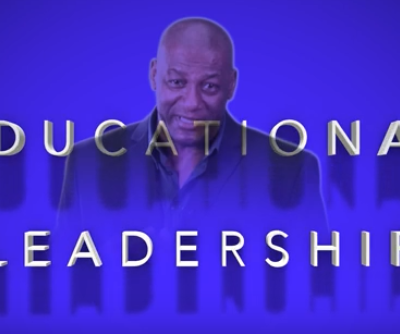
Read more
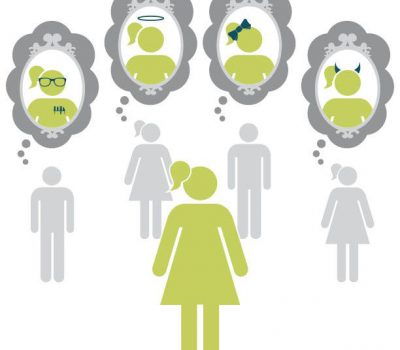
Read more
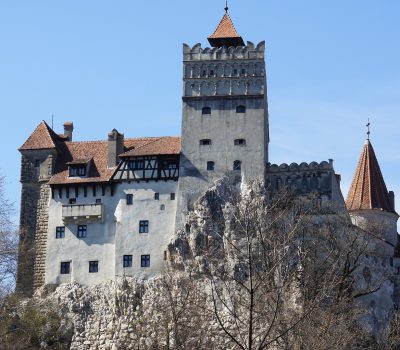
Read more


Are you looking for solutions? Let us help fund them! Nexus Education is a community of over 11,000 schools that come together to share best practise, ideas and CPD via online channels and free to attend events. Nexus also offers funding to all school groups in the UK via nexus-education.com


Established in 2011, One Education is a company at the heart of the education world, supporting over 600 schools and academies. Our unique appeal as a provider is in the breadth and synergy of the services we offer, supporting school leaders, teachers and support staff to achieve the best possible outcomes for their pupils and staff.

School Space is a social enterprise that has empowered schools for over 12 years through their profitable and hassle-free lettings services. So far, they’ve generated over £5 million in revenue for education, helping to connect over 200 schools with their local communities.


Unify is an online sales and marketing tool that allows users to create tailored personalised documents in moments.


There’s nothing special about the energy we sell. In fact, it’s exactly the same energy as all our competitors provide. But there is something special about the way we do it. Where others complicate the process, we simplify it. Where others confuse customers with hidden terms, we’re an open book. And where others do all they can to make as much money from their customers as possible, we do all we can to make as little. Everything we do, we do it differently. Our customers are a privilege. One we’ll never take advantage of.


Securus provide market-leading monitoring solutions to safeguard students on ALL devices both online and offline. We also offer a full monitoring service, where we carry out the monitoring on behalf of the school, freeing up valuable staff resources. From the smallest school to large MAT groups, Securus offers safeguarding protection for all!


Bodet Time offers dedicated solutions to education through lockdown alerts, class change systems, PA and synchronised clock systems. Improving time efficiency of the working and school day; ensuring safety through lockdown alerts; increasing communication with customised broadcast alerts.


Robotical makes Marty the Robot - a walking, dancing coding robot that makes programming fun and engaging for learners as young as 5. Our robots come with a full Learning Platform that has complete teaching resources, to make lesson planning a breeze.